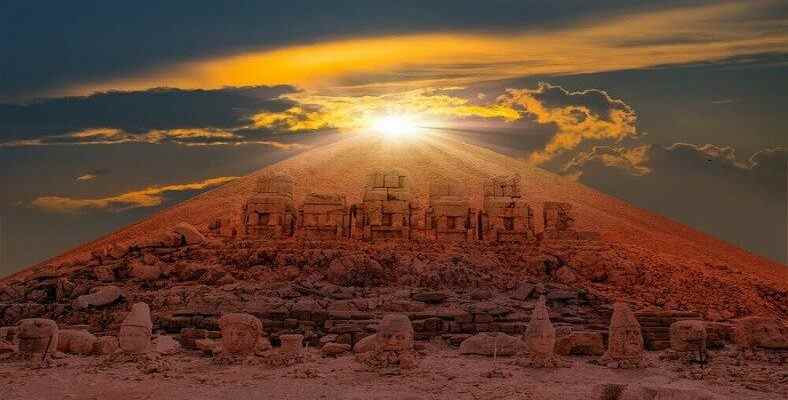The geological formation of the Anatolian lands we live in took place millions of years ago. In this process, elevations, that is, mountains, emerged with fault ruptures. Many of the mountains we admire today were actually volcanoes that were once actively spewing lava. Let’s take a closer look at the volcanoes in Turkey and their prominent features.
The Anatolian lands we live in have been the center point of all geological formations throughout history due to the region it is located in. In the third geological time, called the Tertiary, about 20 million years ago, volcanic areas were formed in the region. Yes, There are volcanic areas in our country. Moreover, these volcanoes are located in many important areas around which city centers are established today.
Of course, the volcanoes in Turkey are not active, but they were once quite active. In other words, the volcanoes in our country are considered extinct, but it is not possible to mention that they are completely extinguished because even if not very intense, some volcanoes still have steam and gas output. Bride Volcanoes in Turkey Let’s take a closer look at its prominent features.
Volcanoes in Turkey:
Hasan Mountain
Hasan Mountain, located within the borders of Aksaray, is 3268 meters high. Its two craters are known as Big Hasan and Little Hasan. It is one of the youngest volcanic mountains in our country. It has the appearance of a volcanic cone as it expands with erupting magmas. Pressurized gas was released in the earthquake with a magnitude of 5.3 that occurred in the region on September 20, 2020. More importantly, studies conducted in November 2021 showed that there were increases in magma level.
Tendürek Mountain
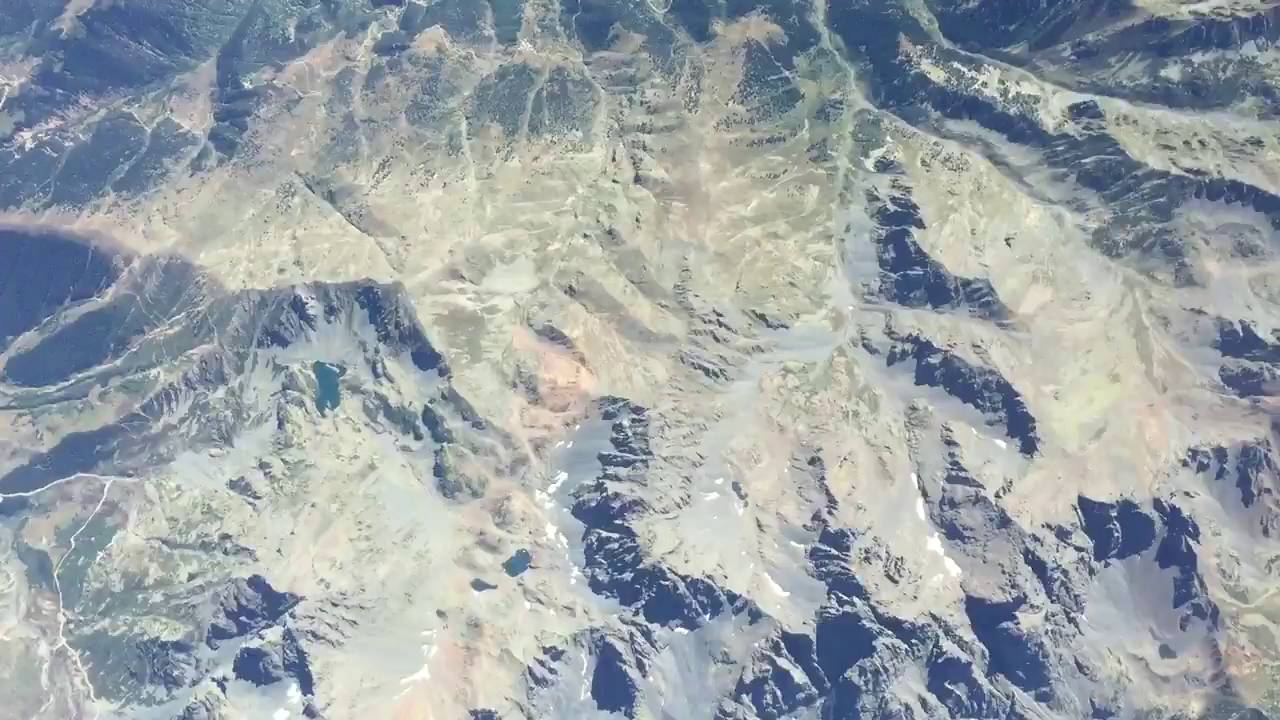
Tendürek Mountain, located within the borders of Doğubeyazıt district of Ağrı and Çaldıran district of Van, is 3533 meters high. It consists of twin volcanic cones called Büyük Tendürek and Küçük Tendürek. in Küçük Tendürek with water at 50 degrees Celsius There is a crater lake. It was determined that some volcanic activities took place on Tendürek Mountain for the last time in 1855.
Mount Ararat
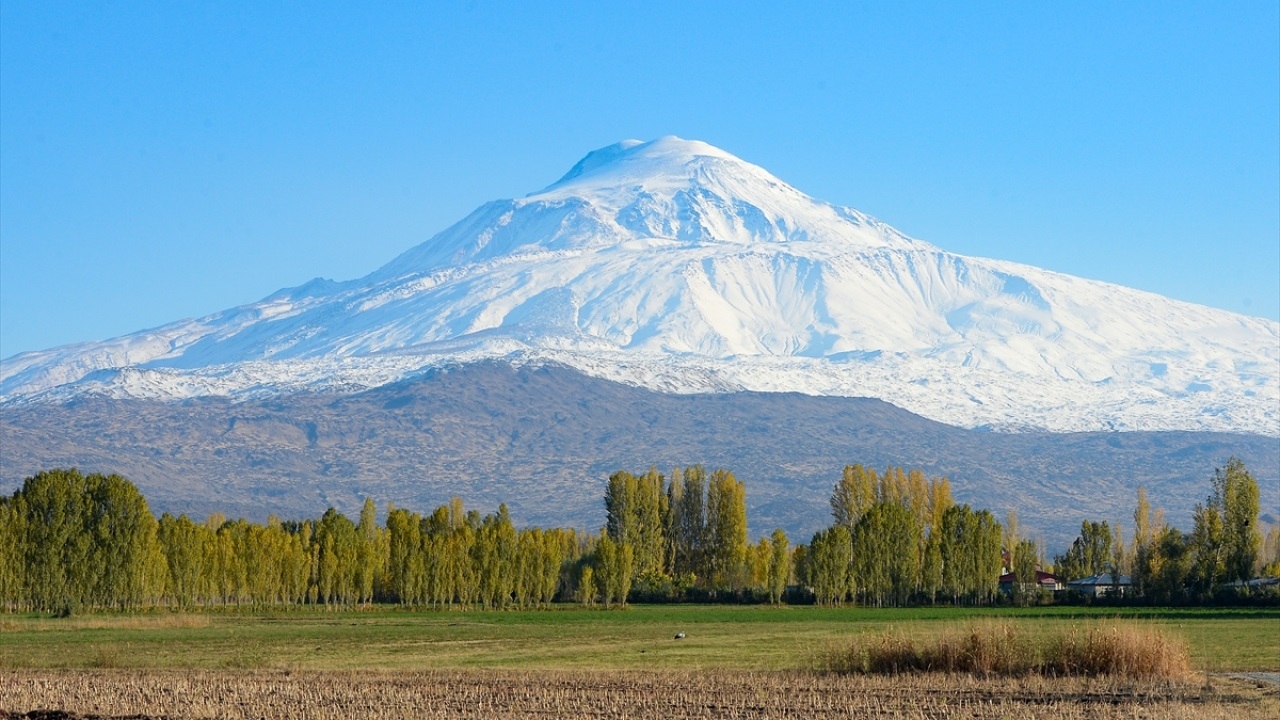
Mount Ararat, located within the borders of Iğdır and Ağrı, is the highest mountain in Turkey with a height of 5137 meters. Mount Ararat, which has taken its place in many cultures with its majesty throughout history, It is thought to be home to the ship that was built by God after Noah’s Flood. At its summit is Turkey’s largest glacier, which does not melt for four seasons. It was determined that some volcanic activities took place on Mount Ararat for the last time in 1840.
Nemrut Mountain
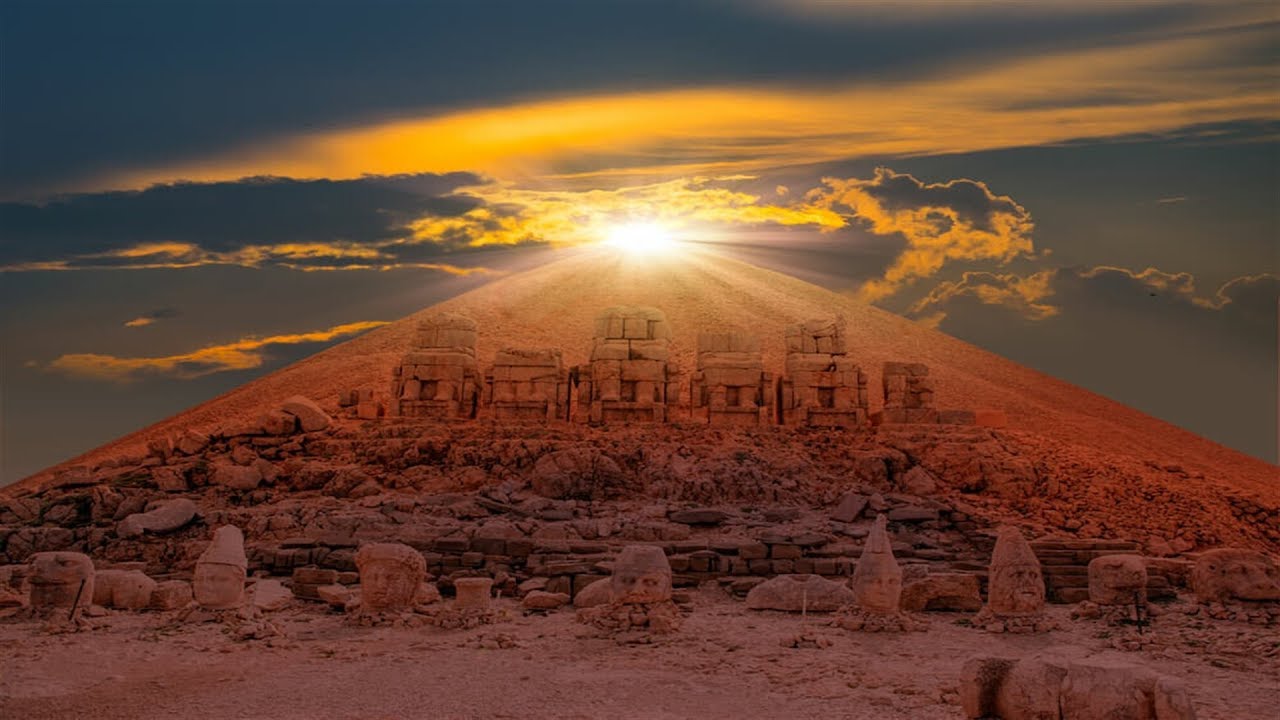
Located within the borders of Tatvan district of Bitlis, Mount Nemrut is 2948 meters high. Mount Nemrut, located to the west of Lake Van, It is one of the highest mountains in the Eastern Anatolia Region. Nemrut Lake is located in the crater on the summit of Mount Nemrut. Since it has a cool and humid climate, the Mediterranean climate is seen in some parts of the mountain. It was determined that some volcanic activities took place on Mount Nemrut for the last time in 1692.
Mount Erciyes
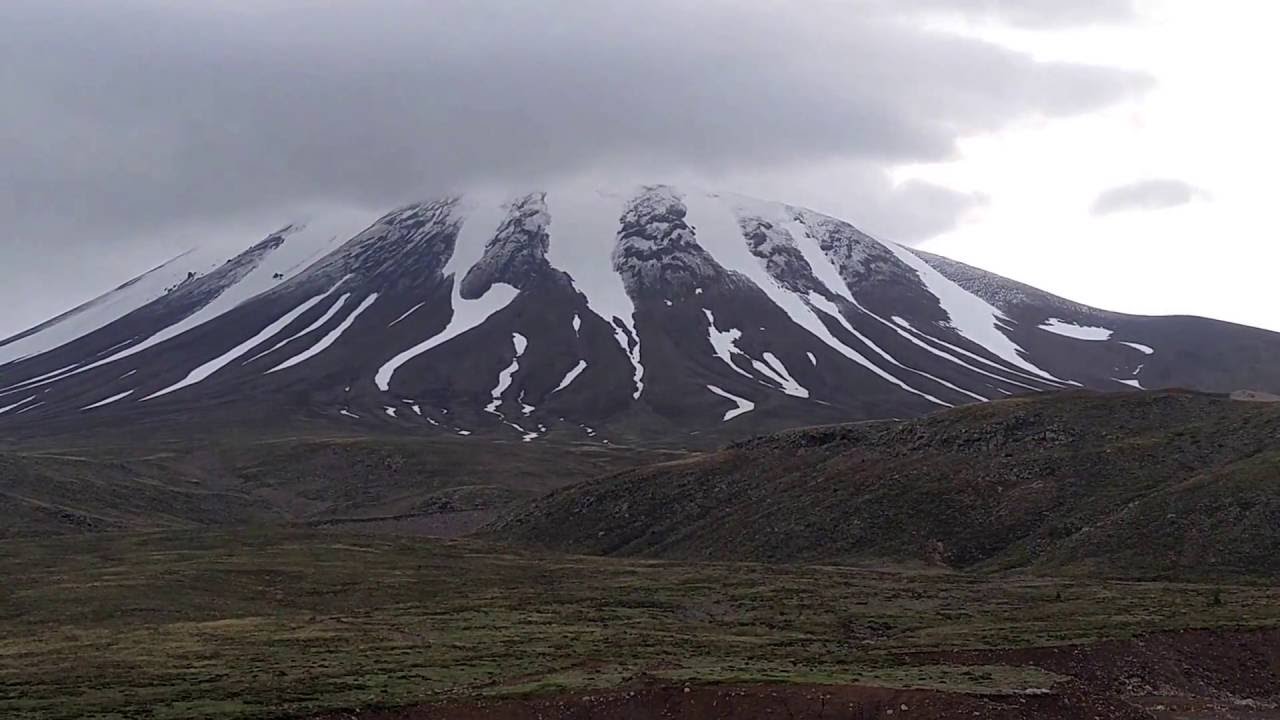
Erciyes Mountain, located within the borders of Kayseri; It is a conical shaped stratovolcano composed of hardened lava, tuff and ash layers. Erciyes Mountain, which is 3916 meters high, It is the highest mountain in the Central Anatolia Region. There is a glacier on the northern slope. It causes a cold and moderately humid climate in its region. It has been determined that some volcanic activities took place on Mount Erciyes in 253 BC for the last time.
Mount Suphan
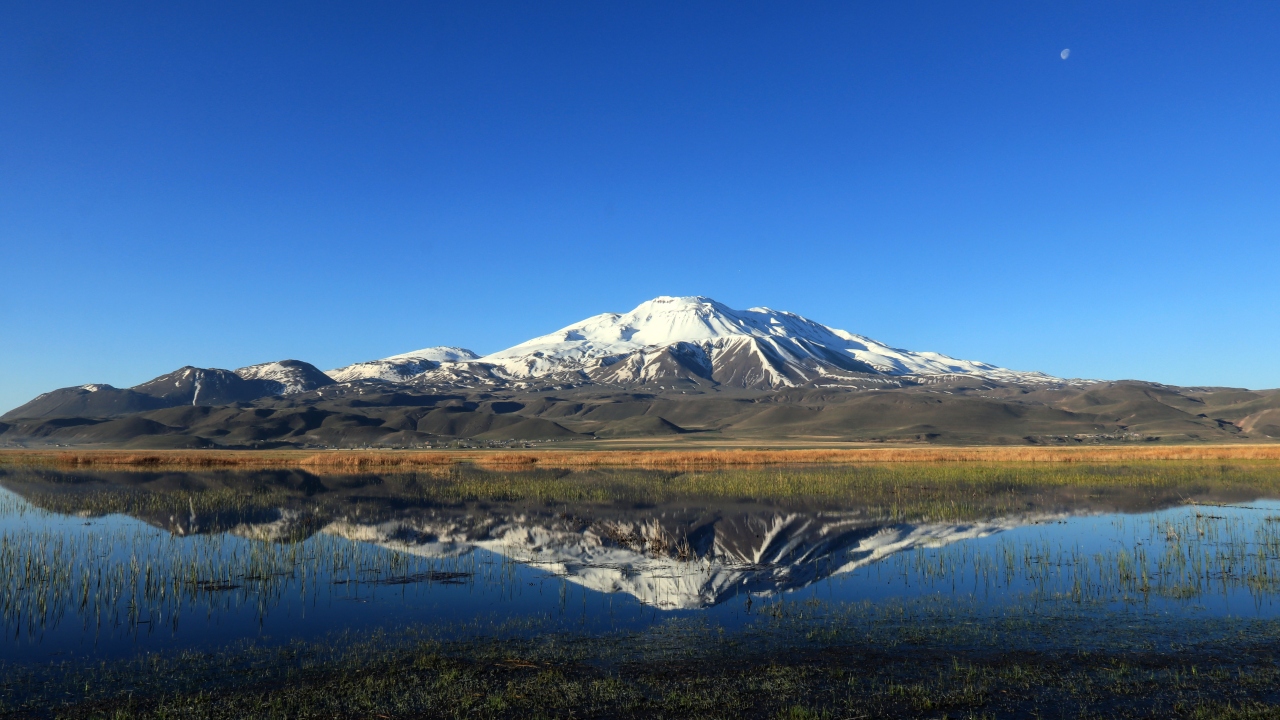
Located within the borders of Bitlis, Mount Süphan is 4158 meters high. Mount Süphan to the north of Lake Van; It is a conical shaped stratovolcano composed of hardened lava, tuff and ash layers. The eastern and southern slopes of Mount Süphan, where mountaineering activities are common, are climbed in June, July, August and September. It has been determined that volcanic activities took place on Mount Süphan in the Holocene period, which started approximately 12 thousand years ago.
Göllü Mountain
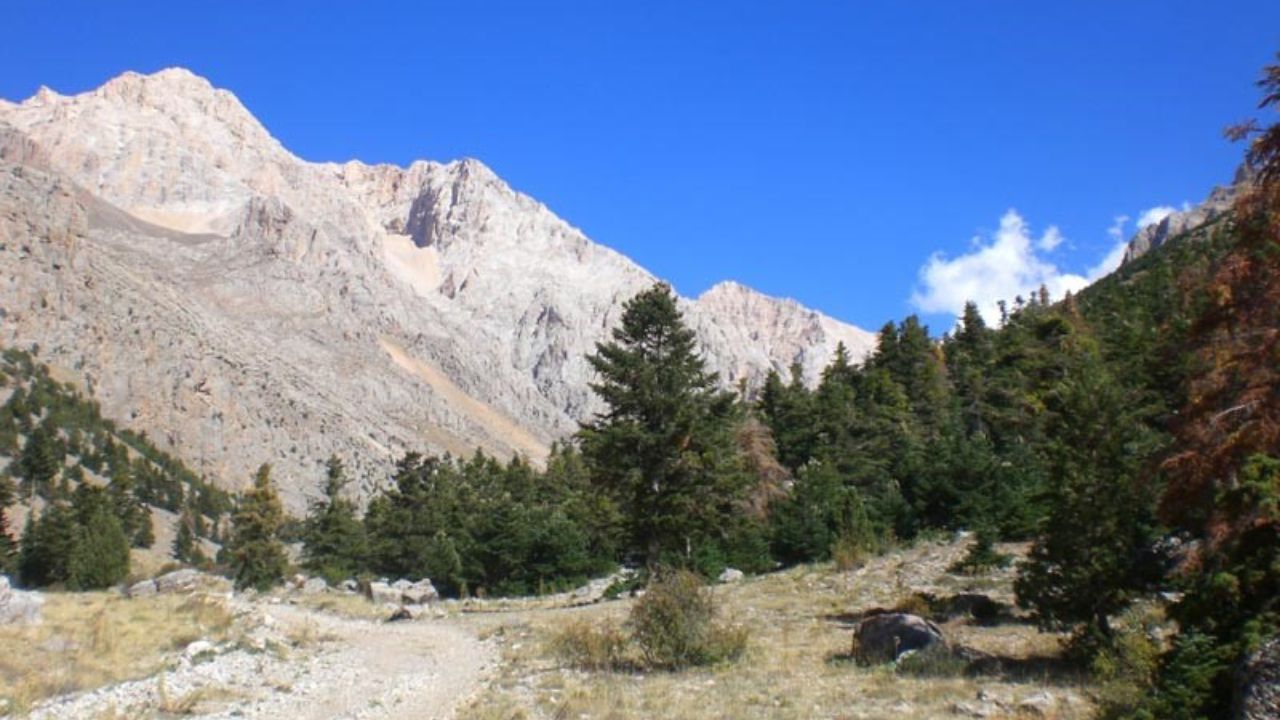
Göllü Mountain, located within the borders of Niğde, is 2172 meters high. There is a lake in the crater on the summit of Göllü Mountain. On Göllü Mountain Remains of the Hittite civilization dating back to 8 BC were found. During the excavations carried out in 1996, traces were found that the first people used this region while crossing from Africa to Europe. It has been determined that Göllü Dağ experienced volcanic activities in the Holocene period, which started approximately 12 thousand years ago.
Kula Hills
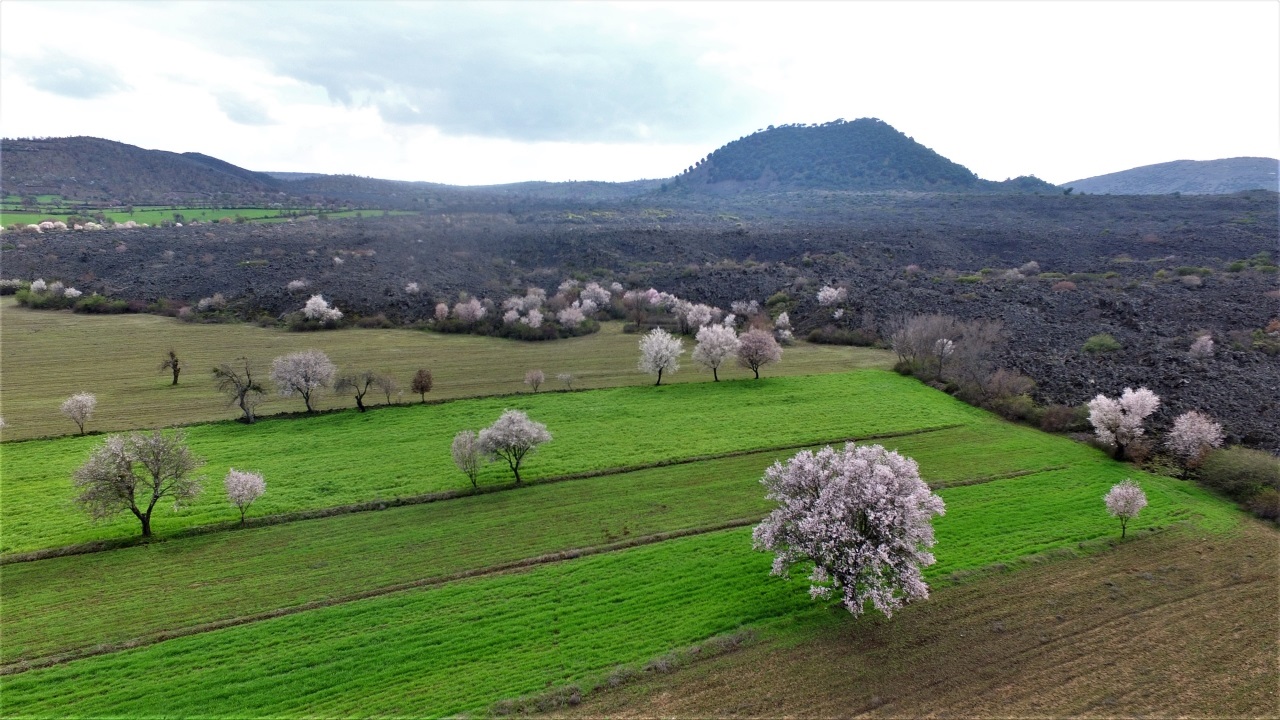
Kula Hills, located within the borders of Kula district of Manisa, is one of the youngest volcanic areas in our country. Studies in the region Some primitive footprints have been identified. The Kula Hills are about 750 meters high. It has been determined that volcanic activities took place in the Kula Hills during the Holocene period, which started approximately 12 thousand years ago.
Acıgöl-Nevşehir
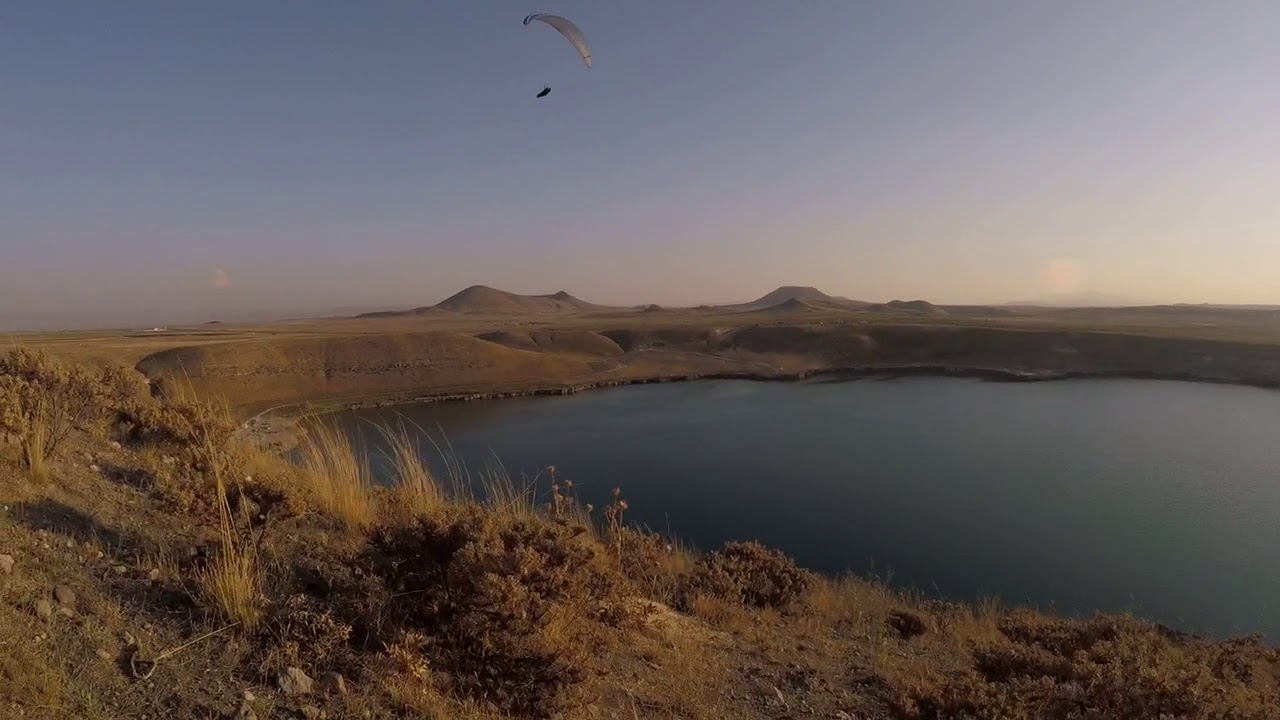
The Acıgöl-Nevşehir area, located within the borders of Nevşehir, is 1689 meters high. Acıgöl-Nevşehir, which is 400 meters wide, It is a caldera formed by the collapse of the soil after a volcanic eruption. It has been determined that volcanic activities were experienced in Acıgöl-Nevşehir during the Holocene period, which started approximately 12 thousand years ago.
Akyarlar
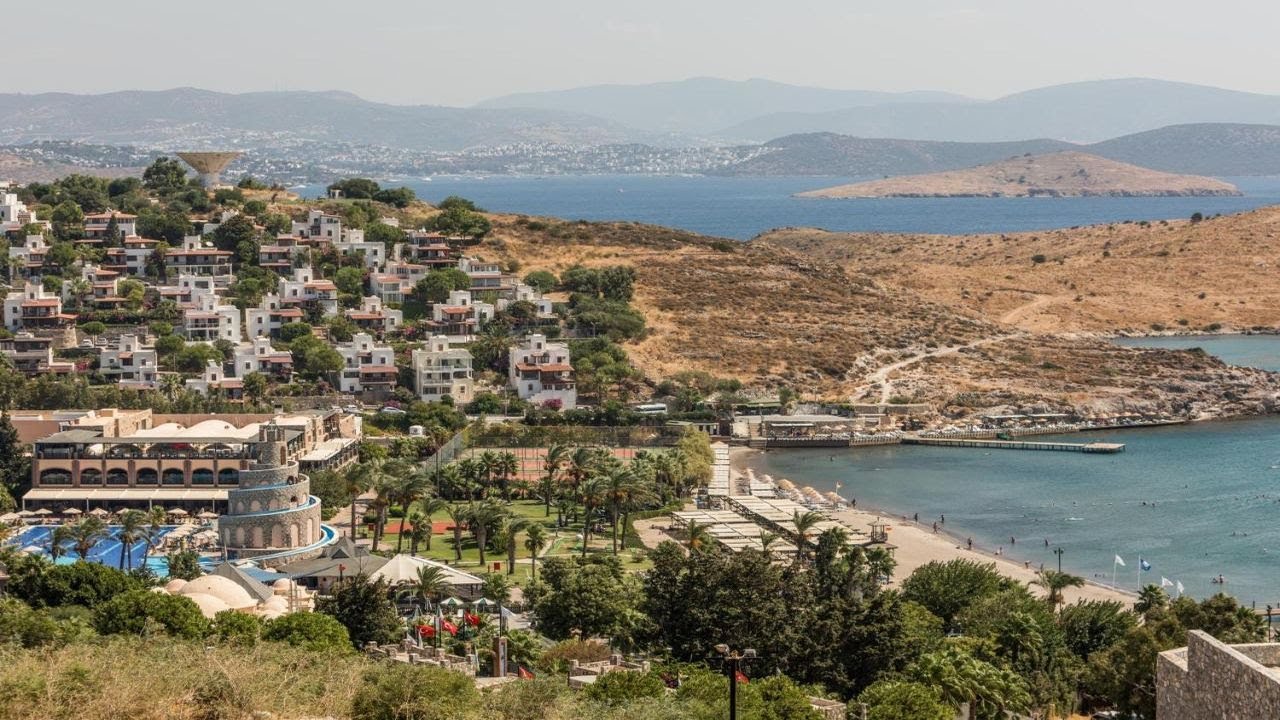
Located within the borders of Bodrum district of Muğla, Akyarlar is the smallest volcano in our country with an altitude of 172 meters. There is still energy under Akyarlar. It is therefore considered dormant, not extinguished. It is not known exactly when volcanic activities last occurred in Akyarlar.
Karaca Mountain
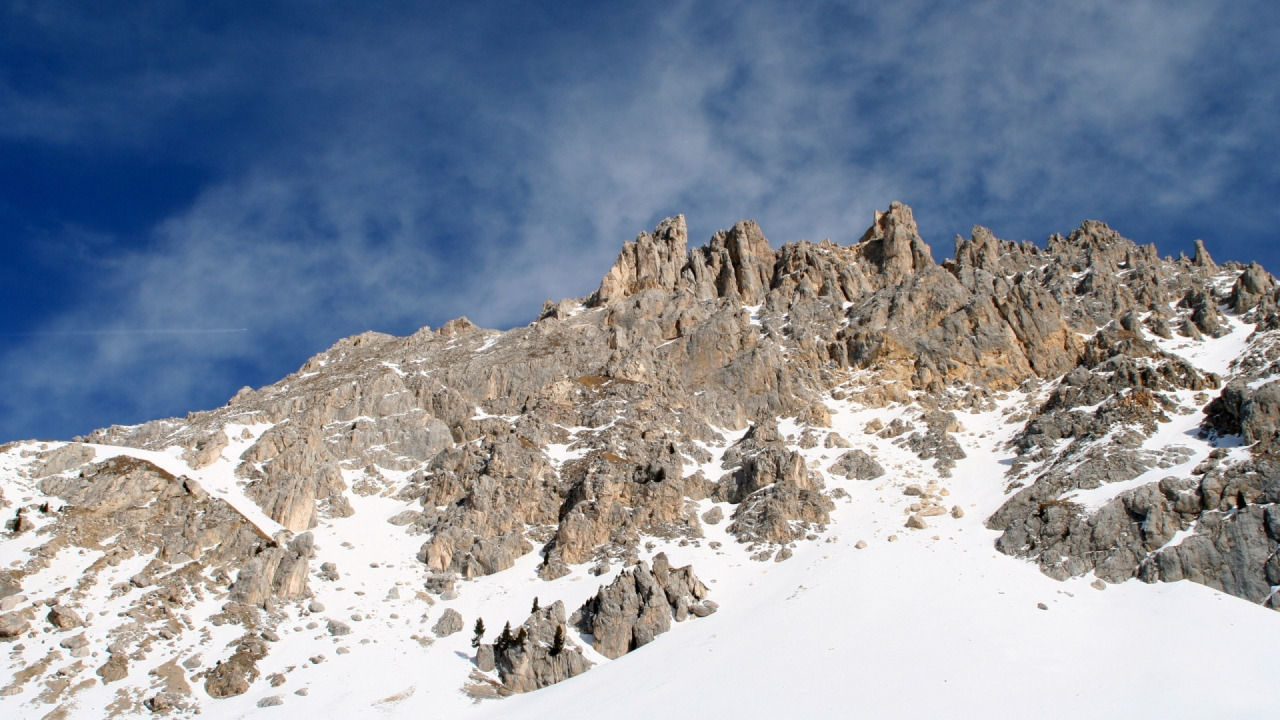
Karaca Mountain, located within the borders of Diyarbakır, Mardin and Şanlıurfa provinces, is 1952 meters high. It has a diameter of 120 kilometers and an area of 8 thousand square meters. Karaca Mountain, which is formed from basaltic lava, has an extremely low slope of 2%. Although it is estimated to be 100 thousand years ago, it is not known exactly when volcanic activities last occurred in Karaca Mountain.
Montenegro
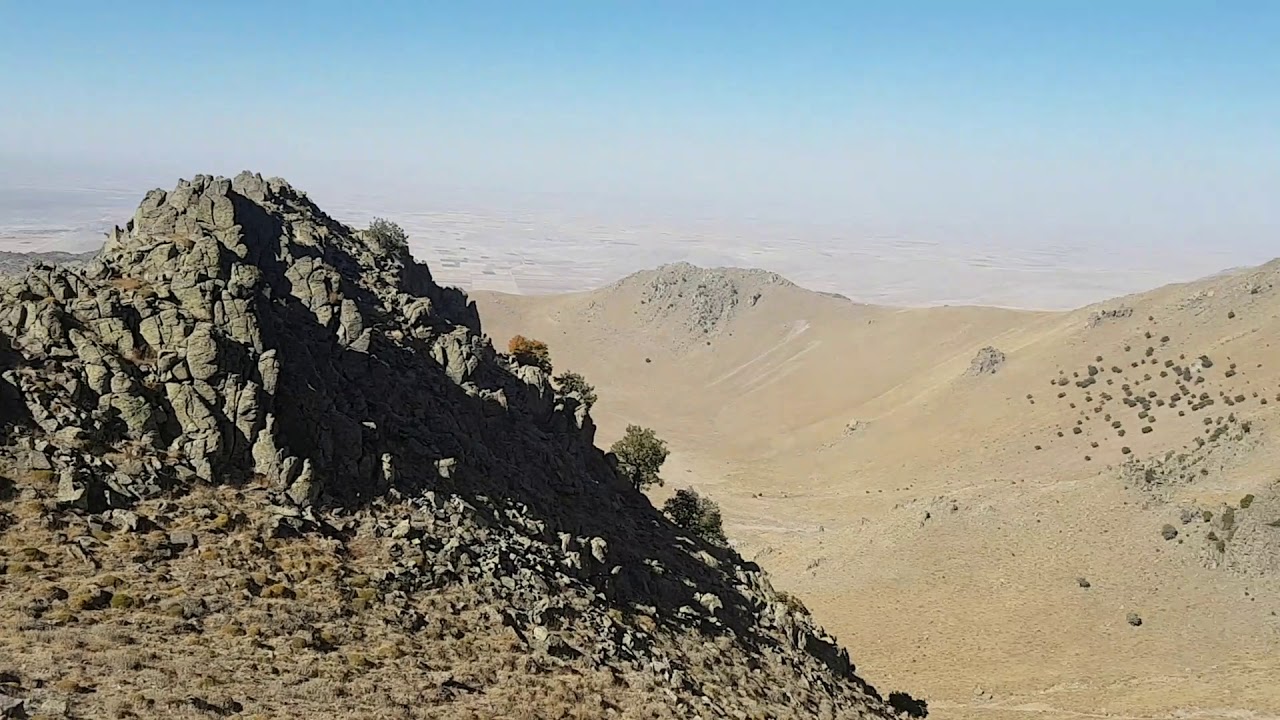
Located within the borders of Karaman, Karadağ is 2288 meters high. known as Beştepe, Kızıltepe and Mahalaç Tepe. It was formed by the merger of three different hills. Montenegro has many secondary hills. This means that this volcano has erupted many times at different times. It is not known exactly when volcanic activity last occurred in Montenegro.
Erzurum-Kars Plateau
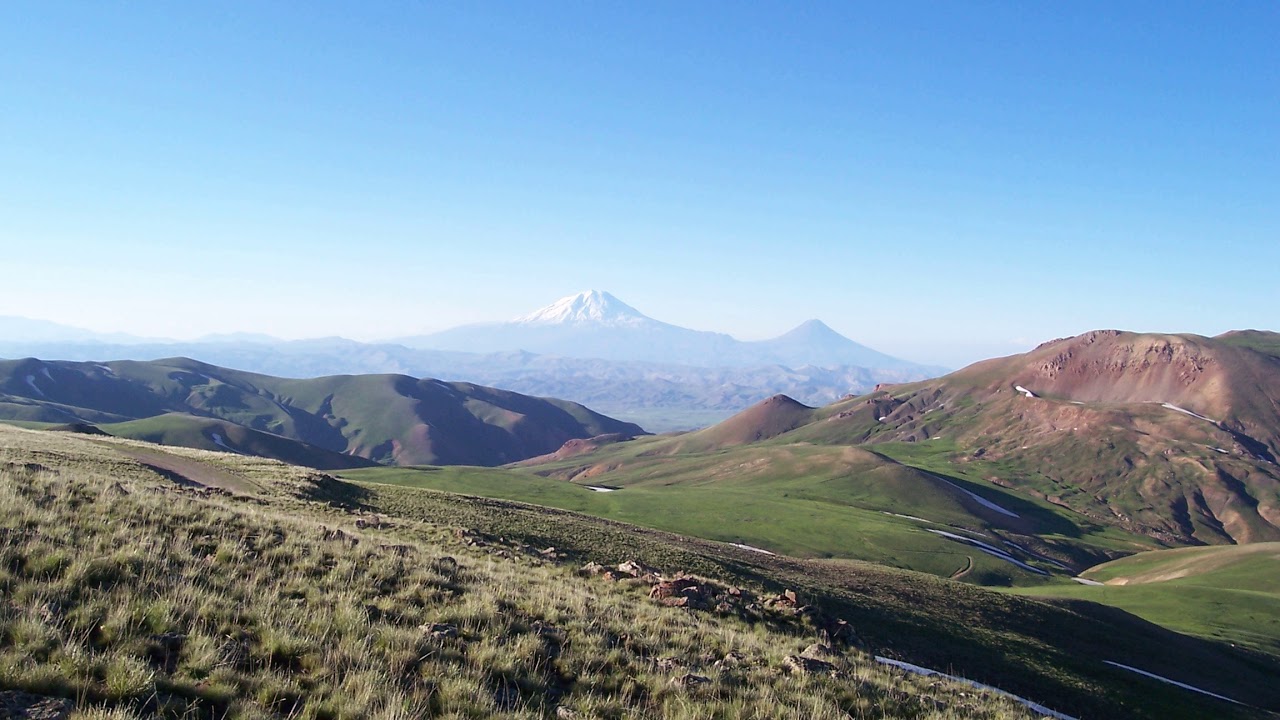
Erzurum-Kars Plateau, located in the northeastern part of the Eastern Anatolia Region, is a volcanic area. Erzurum-Kars Plateau, whose height is about 3 thousand meters, It was formed after the collision of the Arabian Plate and the Anatolian Plate. Although it is estimated that it lasted up to 2.5 million years ago, it is not known exactly when volcanic activities last occurred on the Erzurum-Kars Plateau.
Karapinar Plain
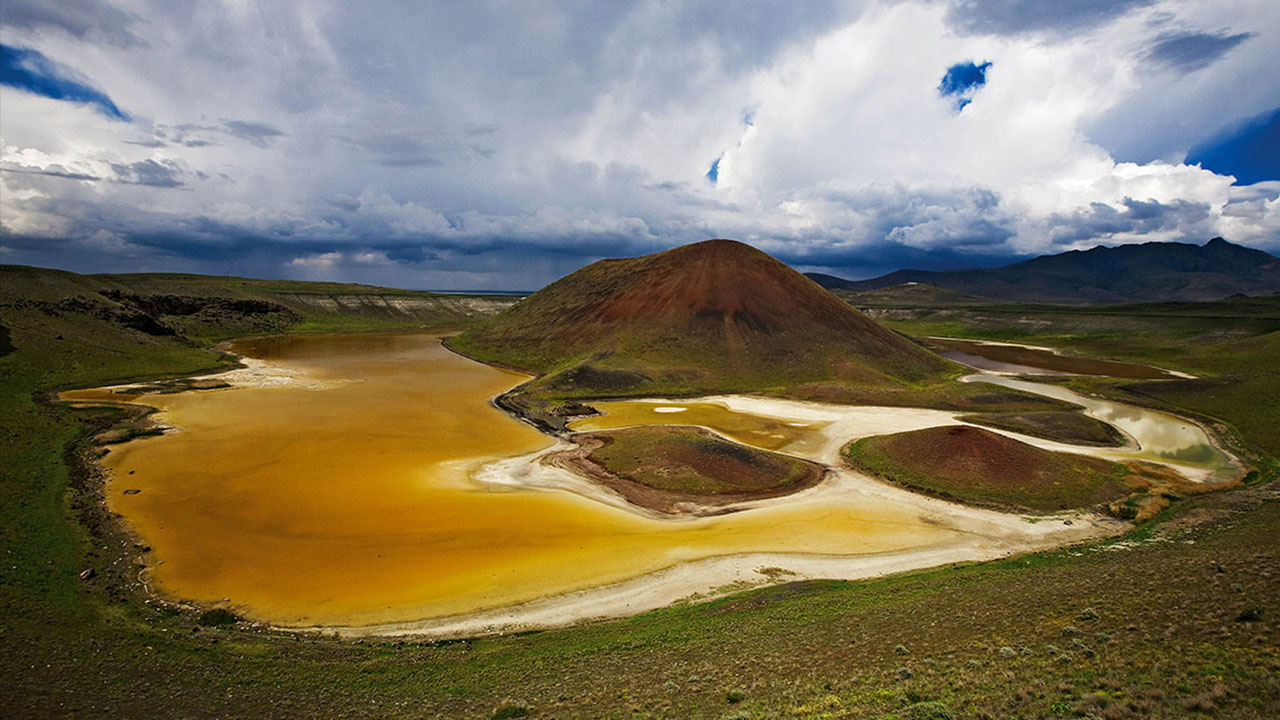
Located within the borders of Karapınar district of Konya, Karapınar Plain is 1302 meters high. There are cinder cones, Meke Crater Lake and Acıgöl within the Karapınar Plain. When the satellite images were examined, it was seen that the region resembled the lunar surface. It is not known exactly when volcanic activities last occurred in the Karapınar Plain.
What was once active but can be dangerous at times even today We listed the volcanoes in Turkey and briefly mentioned its prominent features. Even if it is forgotten, the danger that these volcanoes may suddenly become active as a result of a major earthquake should not be ignored.
